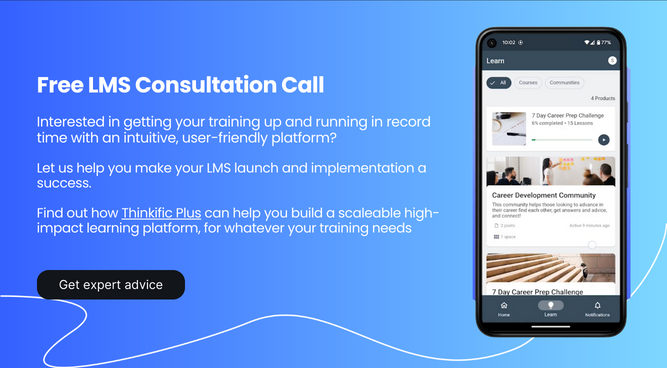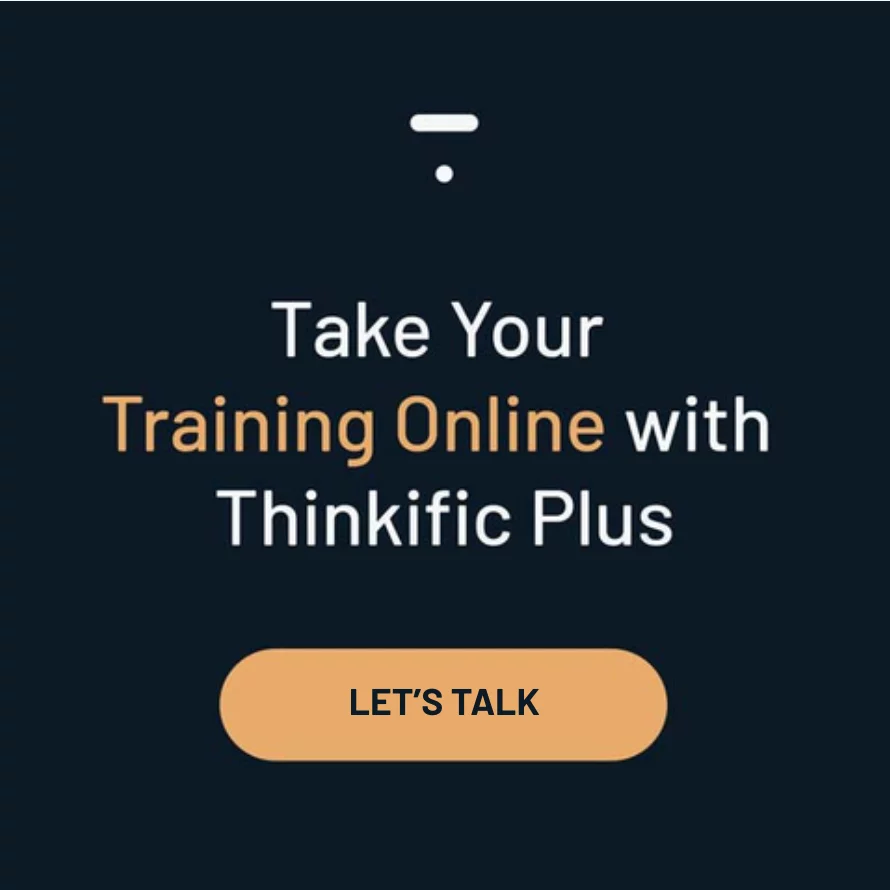
Use this Employee Cross Training Matrix Template, and get effective tips for a comprehensive cross-training plan.
In an orchestra, each musician excels at playing a specific instrument. A violinist, for instance, doesn’t necessarily need to play the trumpet to deliver a beautiful performance. However, if they learn the basics of the trumpet, they can better grasp the overall music, hone their timing, and contribute to a seamless symphony.
This idea underpins the concept of employee cross-training in the business world. It’s all about equipping your team members to handle more than one role, fostering flexibility, and promoting a richer understanding of the organization’s many parts.

The goal of this article is to dive into the plentiful advantages of employee cross-training, share actionable strategies for its application, and furnish you with a downloadable template to blueprint your cross-training plan.
By the end, you’ll be primed to conduct your very own workplace symphony, with cross-training as your baton.
In the corporate landscape, versatility and adaptability can be invaluable assets. Employee cross-training, a strategy that broadens the skill sets of your team members, plays an instrumental role in promoting these qualities.
This offers a host of benefits, from fostering workforce agility to nurturing collaboration, enhancing skills, and boosting engagement and satisfaction.
In a rapidly changing business environment, the ability to adapt swiftly can be a significant advantage. Cross-training employees, akin to musicians learning to play more than one instrument, equips your workforce with a greater degree of flexibility.
When team members can switch between different roles effortlessly, it ensures a smoother workflow and shields productivity, even when faced with unexpected staffing gaps or industry shifts. It’s about building resilience in your team to weather any storm that comes their way.
Cross-training is more than just about acquiring new skills. When employees gain hands-on experience in different roles, it provides them with a broader perspective of the organization.
They get to understand the challenges and demands of their colleagues’ roles, fostering empathy and enhancing mutual understanding.
This holistic insight nurtures clearer communication, encourages innovative problem-solving, and promotes an environment of collaboration and knowledge sharing.
The learning curve associated with cross-training provides employees with the chance to venture beyond their defined roles, picking up new competencies and broadening their understanding of the business.
It’s like learning to play a new instrument, a challenging yet rewarding journey that not only enhances current job performance but also opens up avenues for future career growth.
This fostering of professional development can truly be a game-changer in the long run.
Introducing employees to new roles and challenges through cross-training adds a fresh element to their routine tasks. These novel experiences stimulate intellectual curiosity, breaking the monotony of daily work and boosting employee engagement.
Moreover, when employees see that the organization invests in their growth and skill development, it bolsters morale and enhances job satisfaction, which in turn, positively impacts employee retention.
Cross-training employees bring to the table a myriad of benefits, all instrumental in fine-tuning your business performance.
It’s not just about preparing your employees for multiple roles; it’s about harmonizing the workplace and striking the right chord between adaptability, collaboration, personal growth, and engagement.
Tips for Implementing Employee Cross-TrainingA successful cross-training program isn’t merely about having employees learn new skills. It involves a systematic approach, a careful identification of needs, designing a targeted program, providing necessary resources, and continuously monitoring progress. Let’s explore these steps in detail.
Before embarking on the journey of cross-training, it’s essential to understand where you’re heading. You need to identify the skills that need bolstering and the areas that could benefit from improvements.
These insights will help to outline your cross-training program’s objectives, ensuring they align with your organizational goals. It’s akin to preparing a detailed itinerary before setting off on a trip, where understanding these training needs forms the compass guiding your direction.
With a clear understanding of the training needs, you’re set to chart out the course for your cross-training initiative.
It involves outlining the scope, defining objectives, and detailing the expected learning outcomes. Establishing milestones along the way can act as signposts, helping ensure your program stays on track, much like a roadmap guiding you toward your desired destination.

It’s crucial to match employees with roles that best fit their existing skill set and offer room for growth.
Not all roles are apt for cross-training, and not every employee might be equipped to take on certain tasks.
Hence, finding the right balance is critical to ensure effective learning and minimal disruption to regular operations.
Employees need suitable resources for cross-training. This includes allocating sufficient time, ensuring the necessary budget, and leveraging a mix of internal and external learning materials.
These resources are the fuel that drives the learning journey, and ensuring their availability and accessibility can significantly enhance the effectiveness of your cross-training program.
Keeping track of the journey’s progress is as important as the journey itself. Monitoring and evaluating the effectiveness of your cross-training program is absolutely vital.
Implementing tracking mechanisms, collecting feedback, and incorporating continuous improvement can help fine-tune your program, ensuring it meets its goals and contributes positively to your organizational symphony.
The path to a successful cross-training program may not always be straightforward, but with careful planning, appropriate resources, and continuous evaluation, you can navigate your workforce toward a more versatile and resilient future.
Cross-Training Plan TemplateBuilding a cross-training program can be challenging. Yet, like a blueprint for constructing a building, having a solid template to base your plan on can simplify the process significantly.
We at Thinkific understand this need, and we have created a comprehensive employee cross training matrix template for businesses eager to implement an effective cross-training initiative.
An employee cross- training matrix template functions as a crucial tool to map out and monitor your employees’ skills across various departments or roles.
This clear, structured format empowers organizations to identify and track their employees’ primary and secondary skill sets, fostering a more flexible and engaged workforce.
The structure of this cross-training matrix is intuitive and effective. Primary refers to the employee’s main expertise, reflecting their existing role and responsibilities. Secondary denotes skills that they have developed outside their primary role through cross-training initiatives.
Meanwhile, a generic symbol represents areas where an employee has yet to receive training.
The matrix meticulously tracks employee skills across diverse departments, including Sales, Marketing, IT, HR, Finance, and Operations. This comprehensive perspective allows the organization to visualize the versatility of its workforce at a glance, enhancing the process of staffing decision-making.
With this cross-training plan template, organizations can quickly identify potential gaps in skill sets, take proactive steps to fill those gaps and enable smoother transition during times of rapid change or sudden staffing issues.
By maintaining an up-to-date cross-training matrix, companies can better leverage their human capital, ensuring their teams can adapt quickly and effectively in an ever-evolving business landscape.
This planning tool, coupled with the necessary resources, training, and commitment, sets the stage for successful cross-training initiatives, bringing us one step closer to creating a harmonious workplace orchestra.
Download the employee cross-training matrix template now:

Seeing the theory of cross-training in action can be truly inspiring and insightful. Let’s delve into the real-world applications of successful cross-training initiatives, shedding light on their significant impact on employee productivity and business performance.
Google, one of the world’s leading technology companies, presents a notable case study of effective cross-training in the workplace. Known for its innovative culture and employee-centric policies, Google has long embraced cross-training to empower its workforce and foster a versatile talent pool.
One of Google’s cross-training initiatives is the “Bungee Program,” where employees can apply to work in a different role or department for a short period. This program offers the opportunity to broaden their skill sets, gain fresh perspectives, and invigorate their creativity.
As a result, the company has noted a substantial improvement in employee productivity, particularly among those who participated in the Bungee Program.
The program’s participants not only perform their original roles more effectively, but they also bring in new insights and ideas, enriching their teams and contributing to innovative solutions.
Cross training isn’t limited to the tech industry or specific roles; its benefits span across various sectors. Here are a few examples:
These examples show that cross training is a universal strategy, capable of boosting productivity and fostering adaptability across diverse industries and roles.
Whether it’s in tech, manufacturing, healthcare, or retail, cross-training can be an effective tool to prepare your workforce for the ever-evolving business landscape.
Overcoming Challenges in Employee Cross TrainingEmbarking on a journey of employee cross-training can be akin to navigating a winding river. While the benefits are substantial, organizations often encounter obstacles along the way.
Resistance to change is a common challenge, much like a river’s strong current that resists the paddler’s progress. Employees may perceive cross-training as a threat to their job security or fear their roles being diminished or even replaced.
Moreover, finding a balance between routine operational demands and the time required for cross-training can also be challenging. It’s akin to maintaining an even keel while paddling against the current – it requires careful management and clear communication.
To navigate these challenges effectively, organizations must adopt a proactive approach. This involves transparently communicating the purpose and benefits of cross-training, alleviating fears, and promoting its role in enhancing job security rather than threatening it.
Additionally, time management strategies can help ensure daily operations run smoothly even while cross-training initiatives are underway.
Measuring the Success of Cross TrainingEvaluating the success of a cross-training program is like determining how successfully you’ve navigated the river.
Key metrics serve as signposts, helping organizations gauge the effectiveness of their efforts. These indicators include increased employee productivity and performance, indicating that the program has successfully enhanced skill sets and improved work efficiency.
Another vital metric is reduced employee turnover. If cross-training initiatives lead to a more engaged, satisfied workforce, it should reflect lower turnover rates.
Additionally, improved employee satisfaction scores could be seen as a positive indicator of successful cross-training. It signals that employees appreciate the learning opportunities, challenges, and variations that cross-training provides in their work routine.
By regularly reviewing these metrics, organizations can identify areas of improvement, make informed decisions for future training, and ensure they are steering their cross-training initiatives toward success.
The journey of cross-training, while occasionally challenging, is rewarding – each successful navigation is a step towards a more flexible, collaborative, and robust workforce.
ConclusionIn the grand symphony of your organization, cross-training orchestrates a crucial harmony, transforming individual employees into versatile members of a cohesive ensemble. The benefits, from heightened workforce agility and improved collaboration to enriched skills and amplified job satisfaction, compose a melody that resonates throughout the company.
With these instrumental resources at your disposal – as well as our comprehensive template – you’re ready to conduct this empowering initiative, unlocking the latent potential within your workforce and achieving a performance that crescendos to success.

Employee cross training is a strategic approach that involves training employees in areas beyond their primary job role. Much like an orchestra musician who understands and appreciates the role of every other player, cross-trained employees gain a broader understanding of the company’s functions, promoting workplace agility and collaboration.
Cross training offers numerous benefits that contribute to a harmonious workplace performance. It fosters increased workforce agility, improves collaboration and communication, enhances employee skills and competencies, and boosts job satisfaction. Together, these benefits create a versatile, engaged, and more resilient workforce.
To design a cross-training program, start by assessing your training needs and aligning them with organizational goals. Then, determine the program’s scope, objectives, and expected learning outcomes. Identify roles suitable for cross-training and ensure the allocation of adequate resources. Monitor and evaluate progress continuously for effective learning and improvement.
Cross training can be beneficial across all industries. However, it is especially useful in fast-paced and dynamic sectors like technology, healthcare, and retail, where roles often overlap, and adaptability is crucial.
Key metrics to evaluate cross-training success include improved employee performance and productivity, reduced turnover rates, and increased job satisfaction. These indicators provide insights into the effectiveness of your cross-training efforts.
A prominent example of successful cross-training initiatives can be found at Toyota, the Japanese automobile manufacturer.
Toyota employs a strategy known as “Job Rotation,” a form of cross-training where employees rotate positions, gaining a wide range of skills and a broader understanding of the company. This approach has contributed to their efficiency, adaptability, and has been integral to the company’s renowned Toyota Production System.
These successes demonstrate the effectiveness of cross-training when implemented thoughtfully and systematically.

Learn from experts who plan and implement Learning Management Systems every dayFind out how Thinkific Plus can help you build a scaleable high-impact learning platform, for whatever your training needs.
Related Resources:
Daniela Ochoa is the go-to Content Marketing Specialist at Thinkific Plus. With years of experience in marketing and communications, she is passionate about helping businesses grow through strategic customer education, content marketing, and online learning at scale.

Most Popular
 How To Set Up Your New Employee Orientation Template" width="900" height="600" />
How To Set Up Your New Employee Orientation Template" width="900" height="600" />
Learn how to set up an effective new employee orientation with step-by-step guidance, downloadable templates, and real-life examples for a successful onboarding experience.

Learn why structured planning is important in customer success and access customer success planning templates.

Learn how to build a community around your brand so you can make sure that your customers keep in touch and stay engaged.

Most Popular